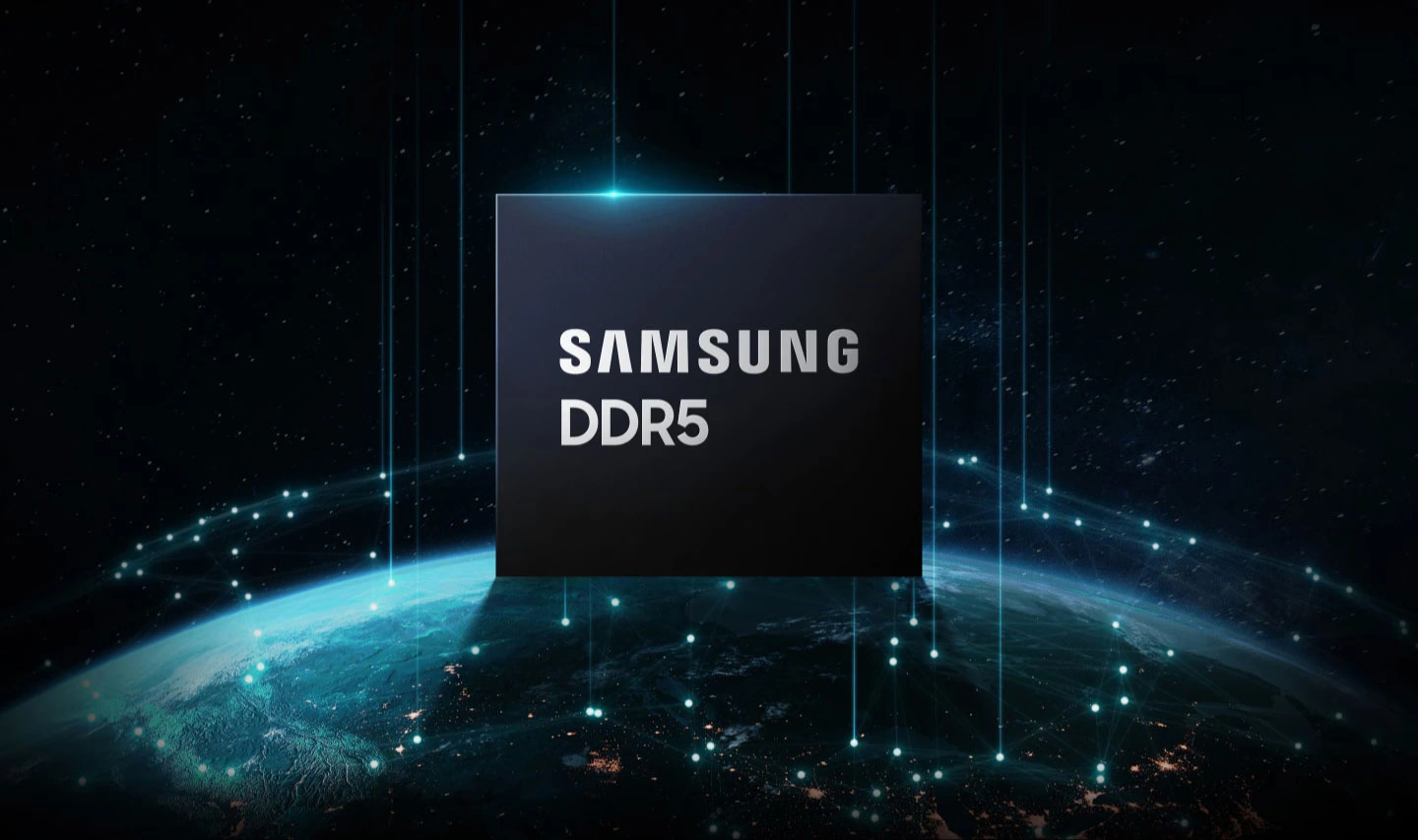The mobile industry is entering a period of cost pressure, with several major smartphone manufacturers, such as Xiaomi, OPPO, and vivo, reportedly pausing memory chip procurement amid a sharp rise in upstream pricing. Supply-chain reports also note that the inventories of most brands are presently below two months, which may raise concerns about price stability and planning for next year. Xiaomi’s recent updates to its portfolio include innovations highlighted on [HyperOSUpdates.com] and the company’s ongoing hardware strategies, making the present development even more important.
Rising Memory Chip Prices Reshape Smartphone Planning
With the price of memory chips continuing to rise, manufacturers have become more cautious in their procurement strategy. According to industrial reports, the inventory of DRAM for some brands is less than three weeks, which makes them very resistant to price hikes reaching almost 50%. This situation complicates the product planning for future flagships, mid-range, and AI-driven devices.
Memory suppliers indicate that supply pressure can be managed for the time being. If smartphone manufacturers resist new pricing, the manufacturers can divert production to server-class customers, which show robust demand and consistently pay at least 30% more for storage products of similar specifications.
AI demand drives server-side consumption.
Some of the most powerful drivers in memory price surge include fast expansion of large-scale artificial intelligence workloads. Data centers require unprecedented quantities of high-bandwidth memory, DDR5, QLC-based NAND, and large-capacity modules. The shift is creating constraints on consumer electronics supply indirectly.
In October, Samsung’s temporary suspension of DDR5 DRAM contract pricing further tightened the memory chip market, causing DDR5 spot prices to rise by 25% within a week. At the same time, Samsung, SK Hynix, Kioxia, and Micron have all reduced NAND wafer output for the second half of the year. The largest cuts came from Samsung and Kioxia, while Micron maintained a conservative production posture at its Singapore fab.
NAND Supply Tightens as QLC Production Expands
Industry analysts say that as major technology companies are transitioning to AI infrastructure, more lines of production are being used for QLC NAND. While QLC yields better density for data-center storage, it decreases the overall supply of conventional NAND used in smartphones temporarily, adding to the rising prices.
With expectations of further increases, North American technology companies have already expanded procurement commitments. Some suppliers reportedly pre-sold a significant share of next year’s NAND production. SanDisk recently raised its contract pricing by nearly 50%, which was followed by similar adjustments from other suppliers including Micron.
Impact on Smartphone Pricing and Product Strategy
Memory generally accounts for 10%–30% of the cost of a smartphone. But in higher configurations, such as 12GB + 512GB, this percentage even exceeds 20%, second only to the mobile processor in terms of cost. Therefore, the recent increase in memory prices has already impacted retail pricing in China.
Reports show some mid-to-high-end products had increases from $14–$69 US (converted from 100–500 yuan), while some flagship comparisons, such as at different tiers of storage in premium models, were as large as $124 US.
Domestic manufacturers are now paying close attention to competitors’ 2025 strategies. Several projects reportedly have been put on hold because of increased component costs, while others may change their specifications to maintain competitive price points. As SMIC’s leadership noted in recent commentary, procurement caution already is affecting shipment schedules across several categories of smartphones.
Inventory Pressure and Market Outlook
Memory manufacturers maintain inventory in general for 6–8 weeks. With current stock levels falling to the lower limit of this range, the market is tightening. According to the participants, this is now a multi-party negotiation phase: Besides, manufacturers have to balance long-term relationships with smartphone brands.
- Every smartphone OEM would rather their competitors reach new price agreements first, setting a precedent.
- Apple remains the only brand with sufficient bargaining power to influence pricing directly.
New supply would take 1–2 years to come online, even if manufacturers accelerate capacity expansion. Meanwhile, Samsung and SK Hynix are likely to retain tight production control to maintain price stability.
Analysts are predicting continued upward pressure on memory chip pricing at least through the first half of next year, with the AI sector remaining the main driver. –


 Emir Bardakçı
Emir Bardakçı



